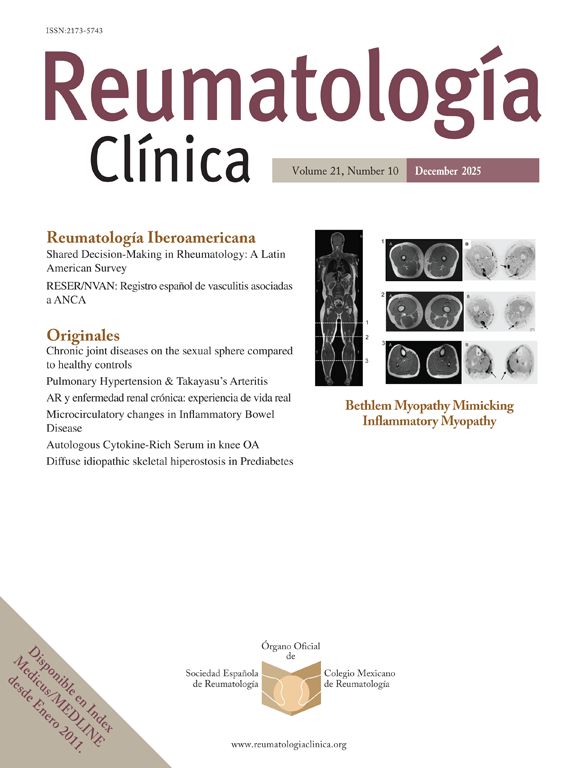was read the article
| Year/Month | Html | Total | |
|---|---|---|---|
| 2025 12 | 97 | 84 | 181 |
| 2025 11 | 215 | 126 | 341 |
| 2025 10 | 25 | 102 | 127 |
| 2025 9 | 0 | 79 | 79 |
| 2025 8 | 0 | 91 | 91 |
| 2025 7 | 0 | 77 | 77 |
| 2025 6 | 2 | 62 | 64 |
| 2025 5 | 136 | 88 | 224 |
| 2025 4 | 80 | 42 | 122 |
| 2025 3 | 107 | 65 | 172 |
| 2025 2 | 93 | 92 | 185 |
| 2025 1 | 80 | 121 | 201 |
| 2024 12 | 87 | 86 | 173 |
| 2024 11 | 81 | 78 | 159 |
| 2024 10 | 74 | 86 | 160 |
| 2024 9 | 63 | 61 | 124 |
| 2024 8 | 77 | 79 | 156 |
| 2024 7 | 83 | 75 | 158 |
| 2024 6 | 80 | 54 | 134 |
| 2024 5 | 84 | 55 | 139 |
| 2024 4 | 97 | 49 | 146 |
| 2024 3 | 73 | 56 | 129 |
| 2024 2 | 40 | 52 | 92 |
| 2024 1 | 61 | 41 | 102 |
| 2023 12 | 52 | 37 | 89 |
| 2023 11 | 62 | 50 | 112 |
| 2023 10 | 135 | 47 | 182 |
| 2023 9 | 244 | 55 | 299 |
| 2023 8 | 83 | 33 | 116 |
| 2023 7 | 57 | 48 | 105 |
| 2023 6 | 55 | 31 | 86 |
| 2023 5 | 82 | 69 | 151 |
| 2023 4 | 50 | 25 | 75 |
| 2023 3 | 153 | 33 | 186 |
| 2023 2 | 110 | 30 | 140 |
| 2023 1 | 68 | 19 | 87 |
| 2022 12 | 132 | 41 | 173 |
| 2022 11 | 87 | 28 | 115 |
| 2022 10 | 124 | 56 | 180 |
| 2022 9 | 71 | 37 | 108 |
| 2022 8 | 70 | 61 | 131 |
| 2022 7 | 75 | 52 | 127 |
| 2022 6 | 58 | 34 | 92 |
| 2022 5 | 61 | 66 | 127 |
| 2022 4 | 71 | 64 | 135 |
| 2022 3 | 93 | 51 | 144 |
| 2022 2 | 68 | 54 | 122 |
| 2022 1 | 114 | 73 | 187 |
| 2021 12 | 80 | 67 | 147 |
| 2021 11 | 81 | 52 | 133 |
| 2021 10 | 96 | 60 | 156 |
| 2021 9 | 74 | 51 | 125 |
| 2021 8 | 49 | 27 | 76 |
| 2021 7 | 38 | 32 | 70 |
| 2021 6 | 71 | 28 | 99 |
| 2021 5 | 83 | 55 | 138 |
| 2021 4 | 167 | 100 | 267 |
| 2021 3 | 128 | 33 | 161 |
| 2021 2 | 91 | 28 | 119 |
| 2021 1 | 69 | 28 | 97 |
| 2020 12 | 70 | 24 | 94 |
| 2020 11 | 107 | 21 | 128 |
| 2020 10 | 49 | 23 | 72 |
| 2020 9 | 69 | 19 | 88 |
| 2020 8 | 68 | 31 | 99 |
| 2020 7 | 29 | 21 | 50 |
| 2020 6 | 88 | 27 | 115 |
| 2020 5 | 105 | 25 | 130 |
| 2020 4 | 155 | 17 | 172 |
| 2020 3 | 34 | 2 | 36 |





